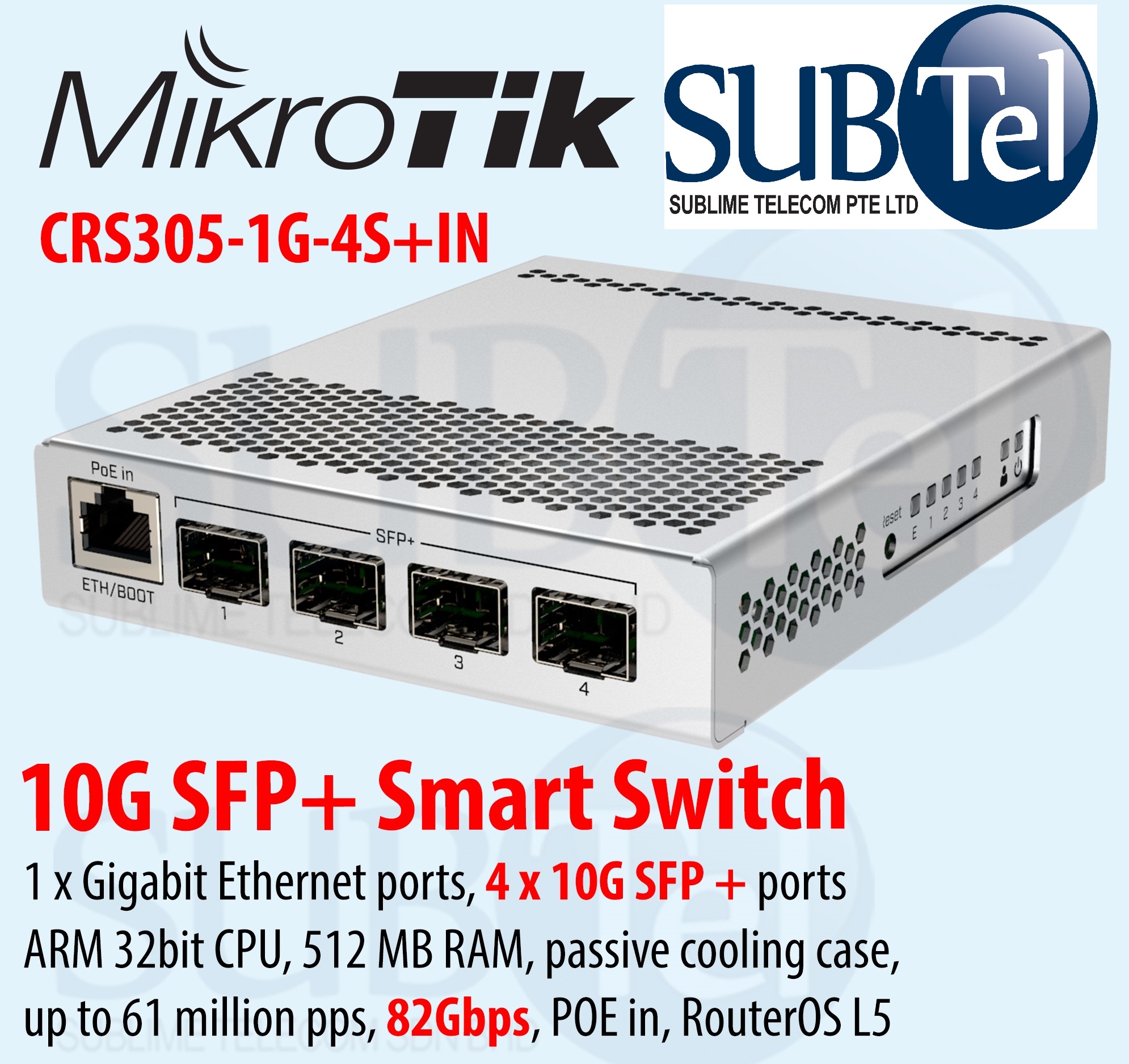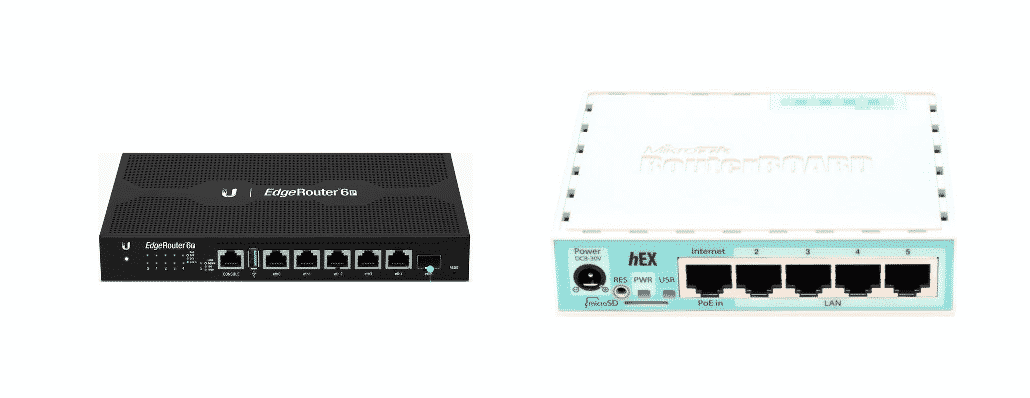
Ubiquiti doesn’t have this feature at all neither do they support an NVME storage in their router. So I would suggest MikroTik focus on what a router is supposed to do and let end users build their own professional high-speed local NAS. Even there exists, their SMB service only supports Samba 1.0, and only Samba 3.0 or above has the feature to aggregate bandwidth from different links. But unfortunately, for MikroTik switches, there isn’t one switch that supports NVME m.2 interface like their high-end routers, so this feature seems useless for high-speed local storage service. In other words, we should always put a file sharing service on a switch. A simple nmap exposes itself as an SMB server, and it’s not that difficult to exploit a file sharing service like SMB. I hope no one is using an internet-facing router to serve SMB service, because it’s too risky to do that. All architectures and all devices running RouterOS before versions 6.41.3/ 6.42rc27 are vulnerable. The overflow occurs before authentication takes place, so an unauthenticated, remote attacker can exploit it. Remote attackers with access to the service can exploit this vulnerability and gain code execution on the system. There was one CVE from MikroTik CVE-2018-7445 (Exec Code Overflow) that scored as 10 (the highest vulnerability score) The detail of this CVE:Ī buffer overflow was found in the MikroTik RouterOS SMB service when processing NetBIOS session request messages. Security Vulnerabilities Published In 2018 for Ubiquiti EdgeOS:Ĭomparing these two, Ubiquiti is slightly better than MikroTik.

Security Vulnerabilities Published In 2018 for MikroTik RouterOS: Security is more about routers than switches because routers are the ones that communicate with the internet directly while switches most times only reside inside an intranet. So what would you consider for choosing a router or switch? I don’t know you, but I would consider (from most important to least important): Security > Reliability > Noise Level > Performance (Throughput) > Hardware Interface > Scalability > User Experience > Power Source > Power Cost > Technical Support > Rack Mount 1.

They have enterprise quality without real-time tech support, which is perfect for technical people who have a pursuit of quality and speed. Now today, I want to talk about equipment across the 2 markets, MikroTik and Ubiquiti.

On the other side, in the consumer market, users have no intention to pay for such service, but would instead buy hardware and resolve issues by themselves. Whenever an issue happens, a phone call gets human tech support at 24x7. Cisco devices are costly, but companies would like to pay for them, mostly for the service.

In the enterprise market, Cisco is a dominant player. Talking about router and switch, we have 2 markets, the enterprise one, and the consumer one.


 0 kommentar(er)
0 kommentar(er)
